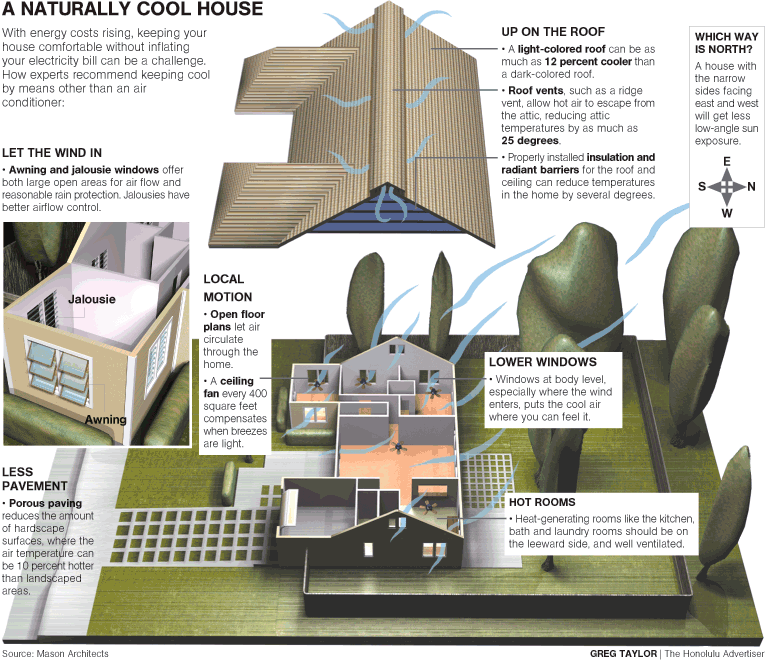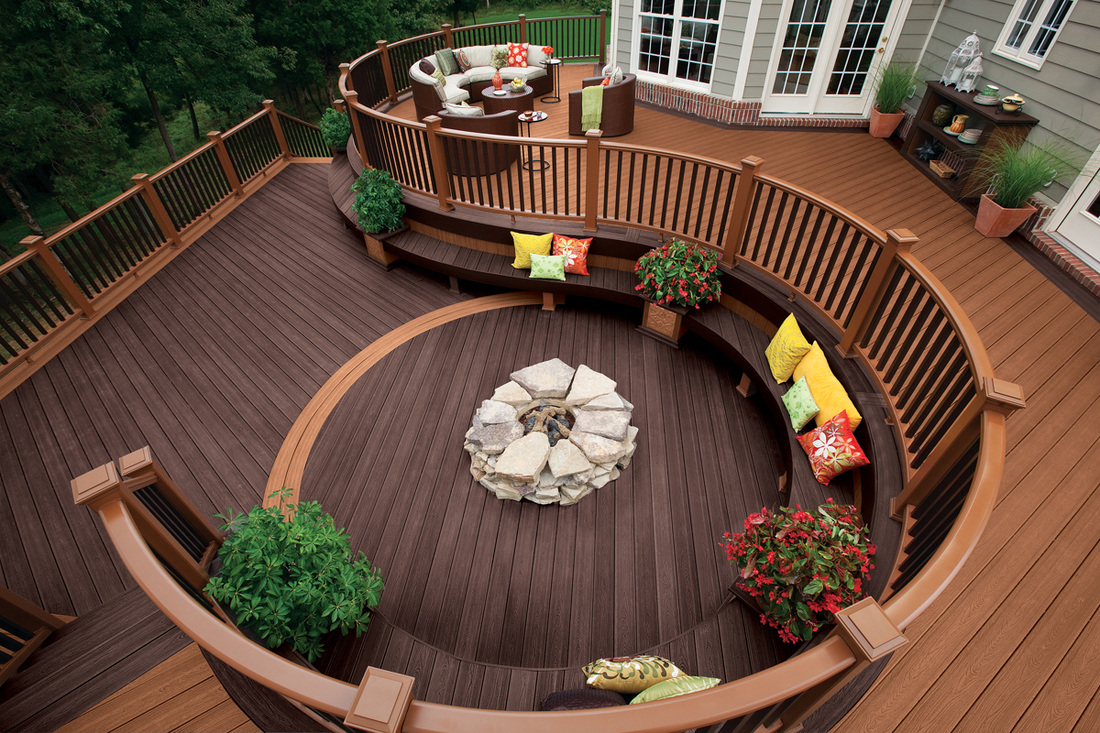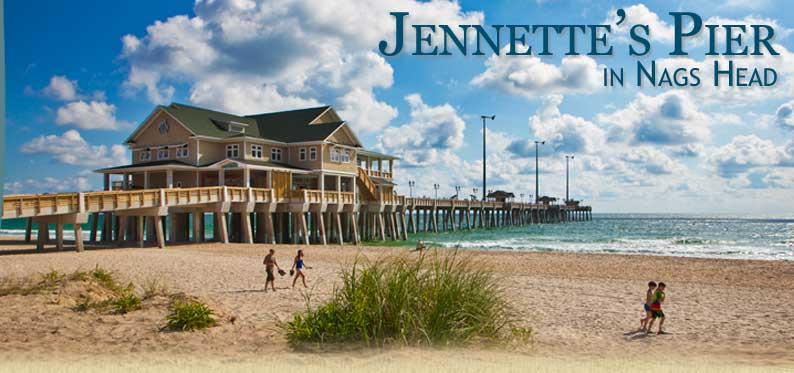Kitty Hawk Engineering has LEED AP BD+C (Leadership in Energy and Environmental Design Accredited Professional Building Design and Construction) professional(s) who can make your project more sustainable and potentially save you money. There are an increasing number of reasons to consider the principles behind LEED and even pursue LEED accreditation for your project no matter the size. Oftentimes there are significant long term cost savings and frequently environmental benefits. As the world becomes a smaller and smaller place the way we treat our environment has an increasingly significant influence on the lives of those around us.
- LEED FOR HOMES
The LEED rating system is the most recognized international standard for green buildings and stands for Leadership in Energy and Environmental Design. LEED for Homes measures green building performance across a range of categories, and products play an important role in achieving certification. Local home improvement stores now maintain active databases of products that may contribute towards LEED points and prerequisites. Currently, more than 2,500 products sold at The Home Depot meet LEED specifications.
WHY IS IT IMPORTANT
The green housing market is growing rapidly and has tripled since 2008 Local home improvement stores like The Home Depot and Lowes have all of the products that builders, contractors, and home buyers alike need to continue growing this trend. LEED homes are energy efficient, conserve water, and integrate environmentally preferred products into the build and design of a home. These businesses increasingly recognize the importance of growing this green building market and making healthy, green performing homes more common.
The green housing market is growing rapidly and has tripled since 2008 Local home improvement stores like The Home Depot and Lowes have all of the products that builders, contractors, and home buyers alike need to continue growing this trend. LEED homes are energy efficient, conserve water, and integrate environmentally preferred products into the build and design of a home. These businesses increasingly recognize the importance of growing this green building market and making healthy, green performing homes more common.
Go Green for the Great Outdoors with Trex® May 11th, 2012
As a company built on eco-friendly values, Trex is proud to be a decking partner of the LEED for Homes program. Together with The Home Depot and the U.S. Green Building Council (USGBC), we share a commitment to securing a more sustainable future through the creation of LEED-certified homes and neighborhoods.
Starting in 1992, long before the term “green” was even on the scene, Trex® composite technology was used to recycle the plastic waste from Mobil Corporation. Today, the Trex brand has expanded to include a variety of outdoor living products – including high-performance wood-alternative decking manufactured of 95 percent recycled content, such as reclaimed wood, sawdust and polyethylene plastic.
In fact, each year Trex keeps millions of pounds of plastic out of landfills. This commitment to salvaging and reusing materials begins at the local level, and we work closely with major national grocery and retail chains to obtain recycled materials – as well as sponsoring several community-based recycling programs. Our goal is to educate consumers about how to make truly environmentally responsible choices. With Trex, homeowners are able to reduce their impact on the environment while creating dream decks that offer superior durability and long-lasting good looks – as well as low-maintenance requirements and the peace-of-mind of industry-leading warranties.
Trex is committed to creating innovative new products from not-so-new beginnings. By designing an outdoor living space with Trex products, a home earns valuable LEED points. Through the LEED for Homes program, we look forward to working with The Home Depot and the USGBC to make a cleaner environment and a healthier future for consumers and their communities.
Adam Zambanini
Vice President of Marketing
Trex®
As a company built on eco-friendly values, Trex is proud to be a decking partner of the LEED for Homes program. Together with The Home Depot and the U.S. Green Building Council (USGBC), we share a commitment to securing a more sustainable future through the creation of LEED-certified homes and neighborhoods.
Starting in 1992, long before the term “green” was even on the scene, Trex® composite technology was used to recycle the plastic waste from Mobil Corporation. Today, the Trex brand has expanded to include a variety of outdoor living products – including high-performance wood-alternative decking manufactured of 95 percent recycled content, such as reclaimed wood, sawdust and polyethylene plastic.
In fact, each year Trex keeps millions of pounds of plastic out of landfills. This commitment to salvaging and reusing materials begins at the local level, and we work closely with major national grocery and retail chains to obtain recycled materials – as well as sponsoring several community-based recycling programs. Our goal is to educate consumers about how to make truly environmentally responsible choices. With Trex, homeowners are able to reduce their impact on the environment while creating dream decks that offer superior durability and long-lasting good looks – as well as low-maintenance requirements and the peace-of-mind of industry-leading warranties.
Trex is committed to creating innovative new products from not-so-new beginnings. By designing an outdoor living space with Trex products, a home earns valuable LEED points. Through the LEED for Homes program, we look forward to working with The Home Depot and the USGBC to make a cleaner environment and a healthier future for consumers and their communities.
Adam Zambanini
Vice President of Marketing
Trex®
Jennette's Pier honored as a 'green' facility
The U.S. Green Building Council on Wednesday awarded the Jennette's Pier a platinum designation in its Leadership in Energy and Environmental Design program. (Provided photo)
By Lee Tolliver
The Virginian-Pilot
© October 18, 2012 North Carolina’s efforts to make Jennette’s Pier a model for “green” building have been rewarded.
The U.S. Green Building Council on Wednesday awarded the pier a platinum designation in its Leadership in Energy and Environmental Design program.
The pier, which was destroyed in 2003 by Hurricane Isabel, was rebuilt on concrete pilings using several environmentally sound elements.
It reopened in May, 2010, and is owned by the North Carolina Department of Environment and Natural Resources Aquariums Division.
The pier has its own reclaimed water system, geothermal capabilities and three wind turbines that supplement its power usage.
And as much of the destroyed then demolished facility as possible was used in the construction of the new pier – which features a large facility filled with magnificent fish mounts.
“This award designation legitimizes the promise to sustainable efforts in design and construction,” said Mike Remige, the pier’s director. “The state should take the lead on things like this and demonstrate what is possible.”
Anglers using the pier located in Nags Head recently have been enjoying a remarkable run of large red drum, with more than 100 caught in the last week.
Wind Powered Brewery The Outer Banks Brewing Station is the first wind powered brewery in the United States!
We were also the first business to produce wind power on the Outer Banks. We pride ourselves in being innovative and conscious about the environment, while helping others learn as much as they can about renewable energy and sustainability.
Wind Power
Our Brewery’s Wind Turbine
We were also the first business to produce wind power on the Outer Banks. We pride ourselves in being innovative and conscious about the environment, while helping others learn as much as they can about renewable energy and sustainability.
Wind Power
- Wind power is the fastest-growing and cheapest source of renewable electricity. US prices have fallen from $0.35/kWh in the mid ’80s to $0.03 – $0.04 kWh at prime wind sites today.
- Wind energy was responsible for 30% of the new generating capacity that came on line in the US in 2007. Wind has been the fastest growing energy technology in the world for the past decade.
- Small wind turbines do not burn fuel, so they produce no air pollution. When you generate your own electricity using wind power, you reduce the amount of electricity generated by conventional sources, including fossil fuel and nuclear power plants. In the
Our Brewery’s Wind Turbine
- Manufacturer: Bergey Windpower, Norman, OK (www.bergey.com)
- Model: BWC Excel, Rotor Diameter 23ft, Self-Supported 80ft Lattice Tower
- Upwind 3 Blade System nominally rated at 10kw at a wind speed of 31mph
- Maximum Designed Wind Speed: 135mph
- The turbine has AUTOFURL an automatic storm protection system that begins furling when winds exceed 35mph. The hinged tail furls up to 89 degrees to provide overspeed control. The EXCEL has no shut-down wind speed. The turbine can be manually shut-down using a furling winch installed at the base of the tower.
- The turbine supplements the power we use here at the OBBS and saves us between $150 and $250 per month on our electric bill (depending on the month). We use 100% of the power the turbine generates. Net metering (or the selling of generated power back to NC Dominion Power) in NC is still not cost effective as Dominion charges us on average $ .11/kWh and pays us their avoided cost or approximately $.035/kWh for the same power!
- Turbine cost: approximately $50,000
- At $200/month using the Net Present Value method our EXCEL will pay for itself in about 11 years. It is designed for 30+ years of service and has a 10 year warranty.
- A 10 kW Bergey GridTek system will offset approximately 1.2 tons of air pollutants and 250 tons of greenhouse gases over its operating life.
Scientist: NC may see first offshore wind farm by 2015
Outer Banks, with high global wind speeds rankings, most likely location.
- Progress Energy and Duke Energy invest about $700,000 in coastal research
- Research: N.C. has the best winds in the country for a wind farm
_

_
RALEIGH
North Carolina may have given up on being the first state in the United States to have an offshore small-scale wind farm, but it is now going after a large-scale offshore wind farm.
Raleigh-based Progress Energy and Duke Energy, based in Charlotte, have each contributed $300,000 to $400,000 toward an in-depth state coast research conducted by UNC-Chapel Hill, according to the research head Harvey Seim, professor of marine sciences at UNC-Chapel Hill.
“We may see the first offshore turbine in North Carolina in five to seven years,” Seim said. “However, it will not be the first one in the United States. Massachusetts may finish their turbine at Cape Wind sooner.”
Industry experts have forecast Cape Wind will cost $1 billion to build, according to a Thomson Reuters article.
The U.S. Department of the Interior signed a lease in October for the waters where the 130 Siemens AG turbines are to be sited in Nantucket Sound, off Cape Cod, Massachusetts.
North Carolina’s coast has the best wind conditions for wind farms in the country, according to the research by marine consulting 4C Offshore with NASA’s collaboration. North Carolina’s Outer Banks’ Cape Lookout Energy Preserve ranks 21st in the global wind speeds ranking.
The marine consulting suggests 111 offshore wind farms planned in the U.S. Most of the projects are in early planning stages, and only Cape Wind, Massachusetts and Galveston, Texas locations had concepts authorized for construction.
In North Carolina, it was only in 2008 that the leading energy companies began exploring shore winds for business purposes.
“We hadn’t looked at building offshore wind farms before for four reasons: very high costs, difficulty of access, state laws and regulatory loops,” said Scott Sutton, spokesperson at Progress Energy.
“Building inland wind turbines is difficult enough, and for offshore ones, we have to include the cost of not only building the turbines but also transmitting the electricity to big communities.”
One mile of electricity transmission line costs $1 million, according to Sutton. He also said there are “not too many big towns close to the coast.”
Wind energy is unreliable because people have no control over wind. Nuclear, coal and gas energy are much cheaper and more reliable when it comes to providing electricity for big communities, Sutton said.
“But the consumption of electricity is growing in the state, as people start using more iPhones, computers and iPods and we have to come up with more sources of energy,” he added.
Coastal regulations and state law pose another barrier to a faster start to offshore wind energy.
“Until last year, wind farms were not considered water-dependent and were not given permits for doing construction in the water,” said Doug Hugget, the manager of the division of Coastal Management of the North Carolina Department of Environment and Natural Resources.
“Now, we would give permits for using water for wind energy generation and we do consider wind turbines water-dependent structures,” he said. “But environmental aspects need to be considered before a wind turbine is allowed to be built off the shore.”
Companies need to assure the turbines don’t have significant impact on navigation, on birds, historical properties, fisheries and most importantly, on military radio waves, Hugget said.
“Military will have priority over wind turbines, if it comes to the point where a turbine interferes with the waves.”
Duke Energy canceled its plan for putting wind turbines in Pamlico Sound, which would have been the first offshore wind farm in the country. According to Seim, who led the research of the coast’s suitability for wind farms for the company, the coast wasn’t studied enough to invest “hundreds of millions of dollars into.”
The research was enough for a small-scale wind farm, he said, but Duke Energy didn’t see a small farm worth the investment and decided to invest in a large-scale project.
Nastassia Astrasheuskaya, a senior from Mogilev, Belarus, is a multimedia journalist for the Reese Felts Digital News Project.
RALEIGH
North Carolina may have given up on being the first state in the United States to have an offshore small-scale wind farm, but it is now going after a large-scale offshore wind farm.
Raleigh-based Progress Energy and Duke Energy, based in Charlotte, have each contributed $300,000 to $400,000 toward an in-depth state coast research conducted by UNC-Chapel Hill, according to the research head Harvey Seim, professor of marine sciences at UNC-Chapel Hill.
“We may see the first offshore turbine in North Carolina in five to seven years,” Seim said. “However, it will not be the first one in the United States. Massachusetts may finish their turbine at Cape Wind sooner.”
Industry experts have forecast Cape Wind will cost $1 billion to build, according to a Thomson Reuters article.
The U.S. Department of the Interior signed a lease in October for the waters where the 130 Siemens AG turbines are to be sited in Nantucket Sound, off Cape Cod, Massachusetts.
North Carolina’s coast has the best wind conditions for wind farms in the country, according to the research by marine consulting 4C Offshore with NASA’s collaboration. North Carolina’s Outer Banks’ Cape Lookout Energy Preserve ranks 21st in the global wind speeds ranking.
The marine consulting suggests 111 offshore wind farms planned in the U.S. Most of the projects are in early planning stages, and only Cape Wind, Massachusetts and Galveston, Texas locations had concepts authorized for construction.
In North Carolina, it was only in 2008 that the leading energy companies began exploring shore winds for business purposes.
“We hadn’t looked at building offshore wind farms before for four reasons: very high costs, difficulty of access, state laws and regulatory loops,” said Scott Sutton, spokesperson at Progress Energy.
“Building inland wind turbines is difficult enough, and for offshore ones, we have to include the cost of not only building the turbines but also transmitting the electricity to big communities.”
One mile of electricity transmission line costs $1 million, according to Sutton. He also said there are “not too many big towns close to the coast.”
Wind energy is unreliable because people have no control over wind. Nuclear, coal and gas energy are much cheaper and more reliable when it comes to providing electricity for big communities, Sutton said.
“But the consumption of electricity is growing in the state, as people start using more iPhones, computers and iPods and we have to come up with more sources of energy,” he added.
Coastal regulations and state law pose another barrier to a faster start to offshore wind energy.
“Until last year, wind farms were not considered water-dependent and were not given permits for doing construction in the water,” said Doug Hugget, the manager of the division of Coastal Management of the North Carolina Department of Environment and Natural Resources.
“Now, we would give permits for using water for wind energy generation and we do consider wind turbines water-dependent structures,” he said. “But environmental aspects need to be considered before a wind turbine is allowed to be built off the shore.”
Companies need to assure the turbines don’t have significant impact on navigation, on birds, historical properties, fisheries and most importantly, on military radio waves, Hugget said.
“Military will have priority over wind turbines, if it comes to the point where a turbine interferes with the waves.”
Duke Energy canceled its plan for putting wind turbines in Pamlico Sound, which would have been the first offshore wind farm in the country. According to Seim, who led the research of the coast’s suitability for wind farms for the company, the coast wasn’t studied enough to invest “hundreds of millions of dollars into.”
The research was enough for a small-scale wind farm, he said, but Duke Energy didn’t see a small farm worth the investment and decided to invest in a large-scale project.
Nastassia Astrasheuskaya, a senior from Mogilev, Belarus, is a multimedia journalist for the Reese Felts Digital News Project.





